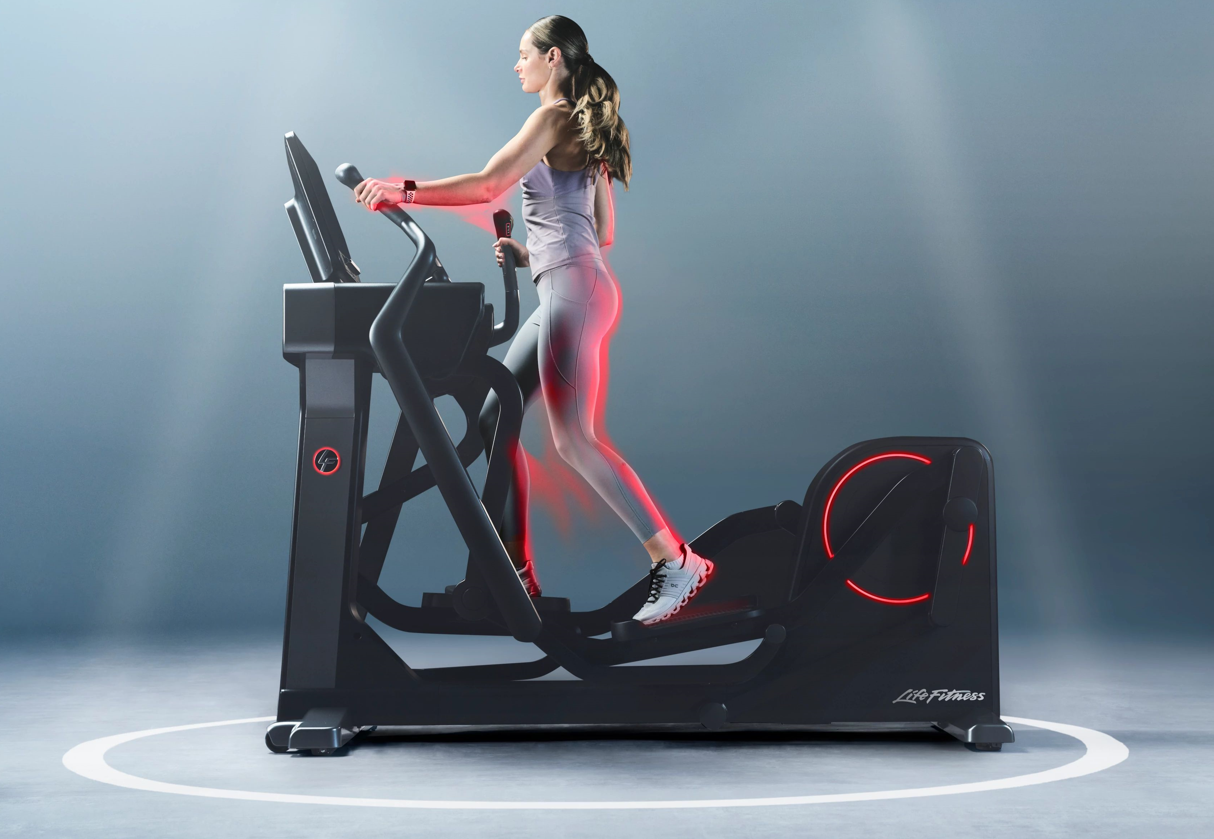Nationwide Sales & Service - 01536 802333
Nationwide Sales & Service - 01536 802333
9 A.M - 8 P.M
April 25, 2024 3 min read
A cross trainer, also known as an elliptical machine, is a popular piece of cardio equipment found in gyms and homes. It mimics the motion of running without the impact on joints, making it a low-impact exercise option.
When it comes to working out, it's important to understand which muscles are being targeted by different exercises. . But what muscles does a cross trainer actually work?
Quadriceps - One of the primary muscle groups targeted by a cross trainer is the quadriceps, located on the front of the thighs. As you push the pedals forward in a smooth motion, your quadriceps contract to extend your knees. This repetitive movement helps to strengthen and tone the quadriceps over time.
Hamstrings - Contrary to popular belief, the hamstrings are also engaged during a cross trainer workout. As you pull the pedals towards you, your hamstrings are activated to flex your knees. This dual-action of pushing and pulling helps to balance the muscle engagement in the front and back of your thighs.
Glutes - The glutes, or the muscles in your buttocks, are another major muscle group that benefits from a cross trainer workout. By pushing down and back on the pedals, you engage your glutes to extend your hips. This movement not only strengthens and tones your glutes but also helps improve overall lower body strength.
Calves - As you push through the balls of your feet during a cross trainer workout, your calf muscles are activated. The repetitive motion of pushing down engages the calf muscles, helping to improve calf strength and definition. This is especially beneficial for individuals looking to tone their lower legs.
Core - Engaging your core muscles is essential for maintaining stability and proper form on a cross trainer. Your core muscles, including the abdominals and obliques, work to stabilize your body as you move through the elliptical motion. This constant engagement helps to strengthen your core over time.

Overall, a cross trainer provides a comprehensive full-body workout that targets multiple muscle groups simultaneously. By understanding the specific muscles worked during a cross trainer session, you can optimise your workout routine and achieve your fitness goals more effectively.
It engages the arms, legs, and core muscles, making it a great option for those looking to improve their overall fitness level.
Additionally, using a cross trainer can help improve cardiovascular health, increase endurance, and burn calories. It's a time-efficient workout that can help you achieve your fitness goals.
Studies have shown that using a cross trainer can provide a high-intensity workout with low perceived exertion. This means you can push yourself harder without feeling like you are working as hard, leading to a more effective workout.
Furthermore, using a cross trainer can help improve balance, coordination, and flexibility. It's a versatile piece of equipment that can be adjusted to target different muscle groups and fitness levels.
In conclusion, a cross trainer is indeed a good workout option, read our cross trainer buying guide if your unsure on your final choice, for those looking to improve their overall fitness level. It provides a full-body workout, improves cardiovascular health, and is time-efficient. Whether you are a beginner or a seasoned athlete, incorporating a cross trainer into your workout routine can help you reach your fitness goals.
If you wish to contact us for any reason, our dedicated team of customer service experts are here to help.
Please either fill in the contact form or send us a message using our online chat at the right-hand side of the screen. Our Customer Service Online Chat is available 7 days a week from 9am-8pm. If your enquiry relates to an existing order, please include your order number.